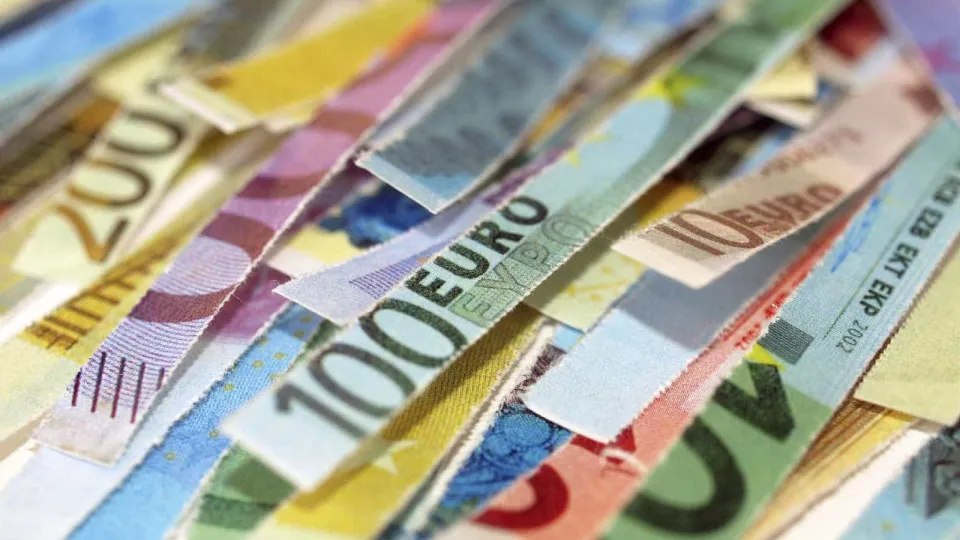
The European Central Bank (ECB), meeting today in Florence, Italy, to decide on interest rates, stated that “the final decision by the ECB’s Governing Council on whether a digital euro will be issued, and the timing thereof, will be made after the legislation has been enacted.”
If European legislators adopt the regulation on introducing the digital euro in 2026, the ECB may conduct a pilot exercise and initial operations starting in mid-2027.
The ECB and national central banks should be prepared “for a potential first issuance of the digital euro in 2029,” the monetary institution added.
The ECB considers “the need for a public digital payment means as a complement to cash increasingly urgent” as the number of cash payments declines.
The estimated total development costs, including both externally and internally produced components, will amount to 1.3 billion euros until the first issuance in 2029.
The ECB anticipates that from 2029, annual operating costs will be approximately 320 million euros.
The ECB and national central banks would bear these costs, as they currently do with the production and issuance of euro banknotes, which, like the digital euro, are a public good.
As with banknotes, the ECB expects these costs to be offset by generated gains, even if digital euro holdings are small compared to banknotes in circulation.
Piero Cipollone, ECB executive committee member and chair of the high-level working group on a digital euro, estimated in early October that the investment cost that Eurozone banks will need to introduce the digital euro will be between 4 billion and 5.8 billion euros, representing between 1 billion and 1.44 billion euros annually over four years.
Hence, the costs of the digital euro for banks will be contained, close to the initial estimates of the European Commission (EC), and similar to those of the Payment Services Directive.
The annual costs (over four years) correspond to approximately 3.4% of the annual IT budget updates of the largest Eurozone banks, those directly supervised by the ECB.
Deposits of up to 3,000 digital euros would pose no risk to Eurozone banks or financial stability.
The digital euro will complement physical money, offering advantages such as simplicity, privacy, reliability, and availability across the Eurozone.
The ECB also supports the EC’s proposal to strengthen the right to pay with cash.
“The euro, our common currency, symbolizes trust in European unity,” declared ECB President Christine Lagarde.
“We are working to ensure that its most tangible form – euro notes – adapts to the future, redesigning and modernizing our notes and preparing for the issuance of digital money,” Lagarde added.
“This is not just a technical project but a collective effort to secure the future of Europe’s monetary system,” Cipollone stated.
A digital euro will allow citizens to enjoy the benefits of physical money in the digital era as well.
“This will strengthen the resilience of the payment landscape in Europe, reduce costs for merchants, and create a platform for private businesses to innovate, grow, and compete,” according to Cipollone.




